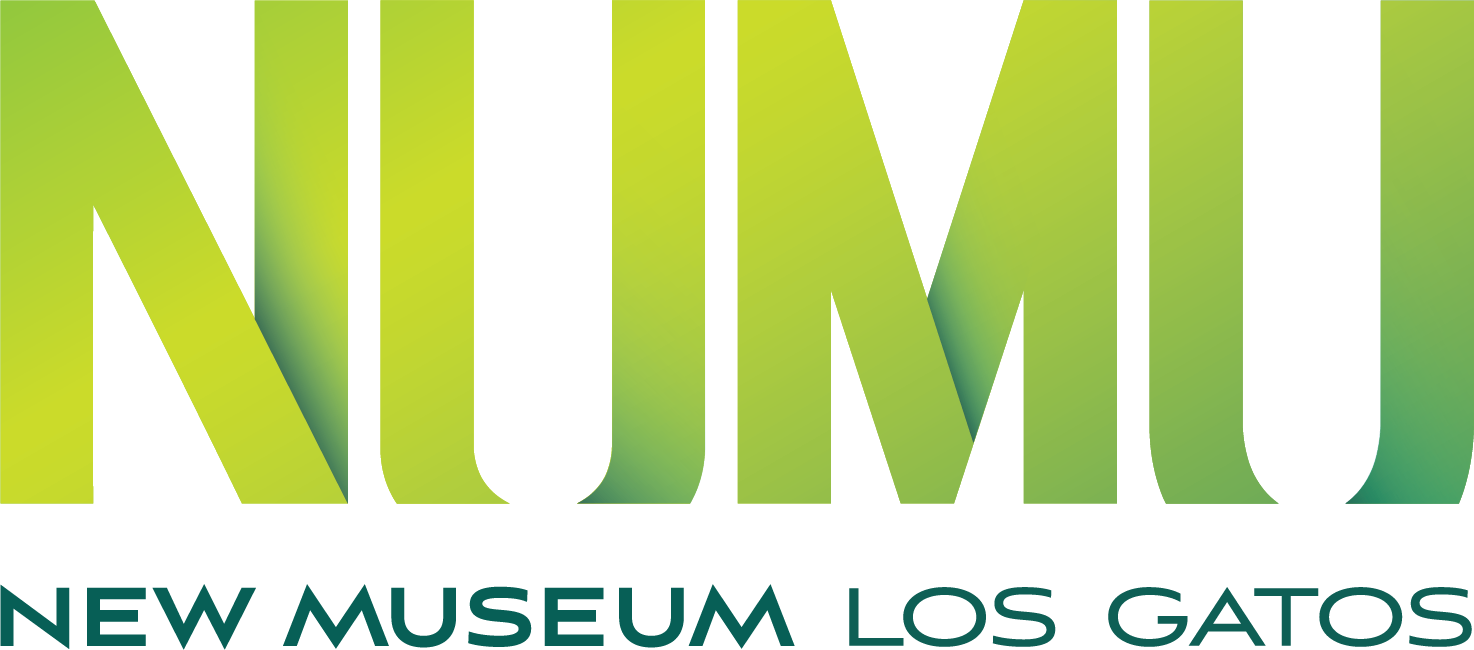Precursors to modern museums, cabinets of curiosity—or wunderkammern—first began to appear in Renaissance Europe. These displays, which were usually only accessible to a narrow circle of people, exhibited a wide variety of objects and artifacts with particular leanings toward the rare, eclectic, and mysterious. The selection of objects presented by their collectors, commonly antiques, objects of natural history (taxidermy, fossils, etc.), and works of art, told distinct stories about the world and its histories. They also played a role in the development of some modern sciences, although their contents were not always “scientific”—it was not uncommon to find dried dragon blood or skeletons of mythical animals.
Collections were often organized into four categories (called in Latin):
Artificialia - groups the objects created or modified by humans (antiques, works of art);
Naturalia - includes creatures and natural objects (with a particular interest in monsters);
Exotica - includes exotic plants and animals; and
Scientifica - brings together scientific instruments.
The popularity of cabinets of curiosities declined during the 19th century, and gave way to the establishment of official institutions, such as museums, and private collections.
Let us know in the comments what you collect, and what you would include in your own cabinet of curiosities!


